FREDDY EFFECTS - High water level aggravate ecological challenges along Shire River
With rain season around the corner, high water level in the Shire River that has submerged part of the flood plain worries experts that current ecological challenges in LNP will be aggravated
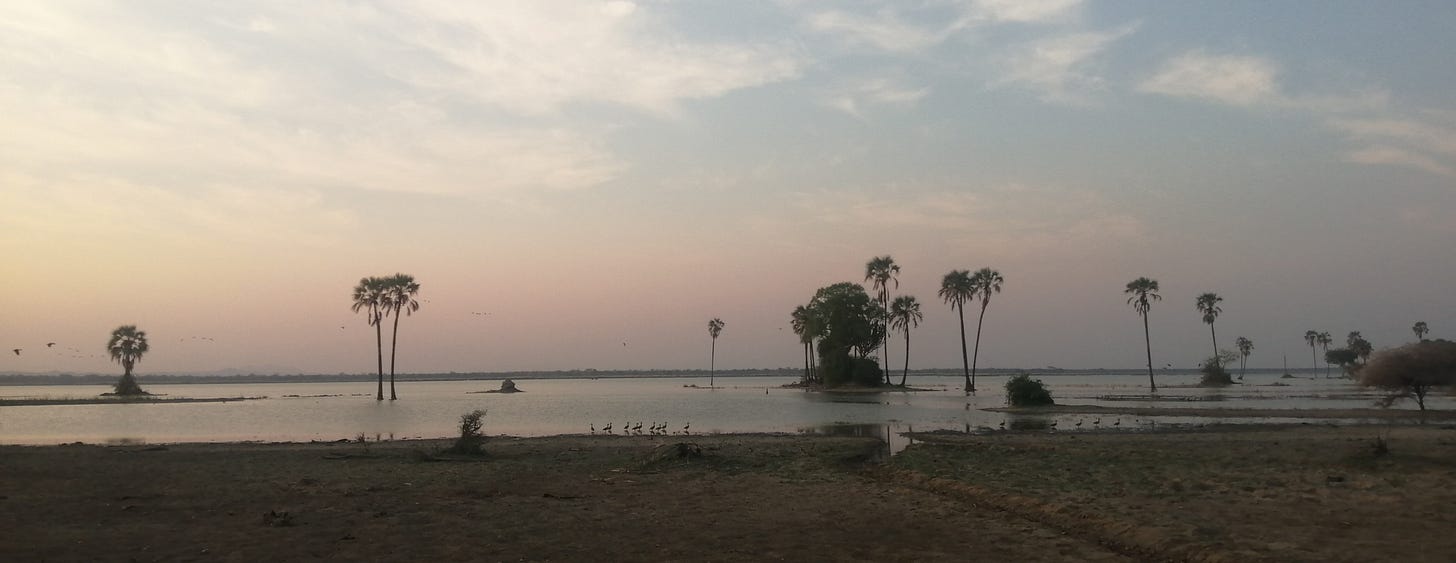
LIWONDE, MALAWI (Planet Defence) - High water level of the Shire River resulting from cyclone Freddy effect and its negative impact on the floodplain in Liwonde National Park continues to be felt by grazer wildlife species like waterbucks and hippopotamus in the food chain level culminating into ecological problems in the process.
This year water level in the Shire River has far exceeded its highest-level last year and apparently the highest in history, than any other season.
In an interview after viewing the Shire River flood plain, David Robertson, African Parks Manager, Liwonde National Park observed that since Kamuzu barrage was raised a couple of years ago. They have been noticing an increasing impact on the floodplain as the water has not been receding back to their normal dry season levels, which was basically just the main channel of the river.
“Since last year, a large portion of the floodplain, especially south of the park, has remained underwater. In June last year, it seemed to reach its highest level and many of us assumed that was as high as it could go. It’s worth noting that this did have an impact on the elephant translocation exercise as large areas of the floodplain where we were catching animals in 2016 and 2017 were not available for capture operations,” observes Robertson fortunately though, despite that we managed to complete the program.
According to Robertson towards end of last year they noticed a number of grazers, particularly waterbucks and hippopotamus were looking extremely thin. The park registered several mortalities – clearly from starvation.
The behaviour of these animals also changed as they started moving much further from the floodplain into woodland to find grass for grazing. This was especially noticeable during the aerial census last November where far fewer waterbucks were counted on the floodplain than in the previous three censuses,” notes Robertson.
Other than ecological effects in April this year, rising waters have also affected eco-tourism as Kuthengo Lodge north of the park had to close one accommodation unit because of flooding, although this has since re-opened.
Mvuu Camp was also affected and lost a new cold room they built close to the river. The jetty site at Chali Chali that visitors use to access the park from the Ulongwe side also partly got submerged.
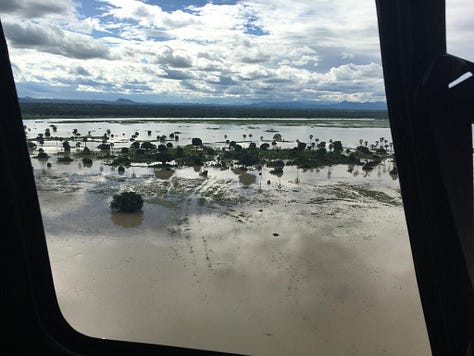


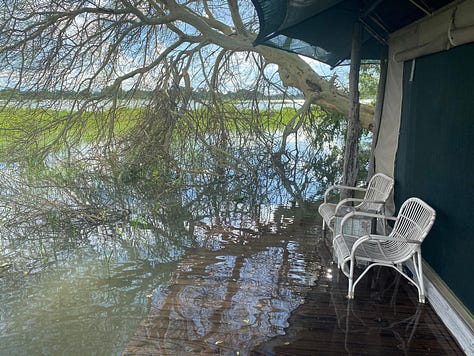
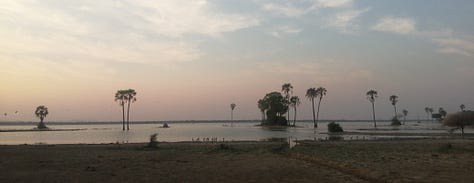
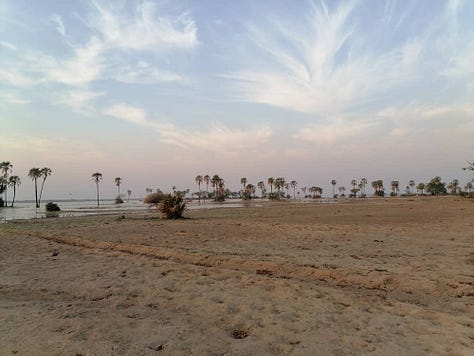
Roberson added that the potential negative impact on tourism could be huge, but what is far more serious, is the potential ecological impact. The floodplain south of Liwonde National Park is extremely flat and covers a large area, so a relatively small rise in water level result in a large area being sub-merged in water.
“Prior to this the floodplain was probably the most productive part, as indicated by the large concentration of grazers inhabiting it. Most of these areas that were productive grazing area are now either permanently submerged, or under water for many months of the year so that even after they have receded, the grass they covered had long since died,” says Robertson.
Robertson added that a study to quantify the amount of grazing area being lost, as well as investigating any changes in grass species composition due to the changed environment is in the pipeline. However, this is likely to take some time.
He expressed worry, there was no need to wait for scientific proof that there is a problem when it is so clearly obvious from casual observation.
“I think we are likely to see very high mortalities of hippo and waterbuck later this year as a result of the reduced grazing. It is also likely that most of the Borassus palms on the floodplain, that are such an iconic part of the park, will die after having their bases submerged for so long. Further up the Shire a number of beautiful fever trees have already started falling over from the flooding,” lamented Robertson.
When contacted for his reaction, Dwight Kambuku, Director of the National Water Resources Authority responded they will explore the reported issue.
However, you may recall that we registered the highest Lake levels this year 60 cm above normal, Kambuku added.
“Most parts of the upstream including Liwonde National Park were flooded. This could be residual effects of that phenomenon,” Kambuku explained adding the authority is able to operate according to strategies at the Liwonde barrage when asked whether the gates opening and closing were contributing to the current level of the Shire River.
Brighton Kumchedwa, Director of Parks and Wildlife whose department is mandated to manage protected areas when asked to comment on the issue responded, “We were supposed to have a meeting with key stakeholders. It was postponed at the 11th hour. We have to do that since rains are around the corner,” Kumchedwa responded.
Experts acknowledge the devastating effects of Cyclone Freddy, contributed to the high-water level. The situation would have started improving now that the cyclone is long gone. They now suspect the main cause is the Liwonde barrage, water flow control.



